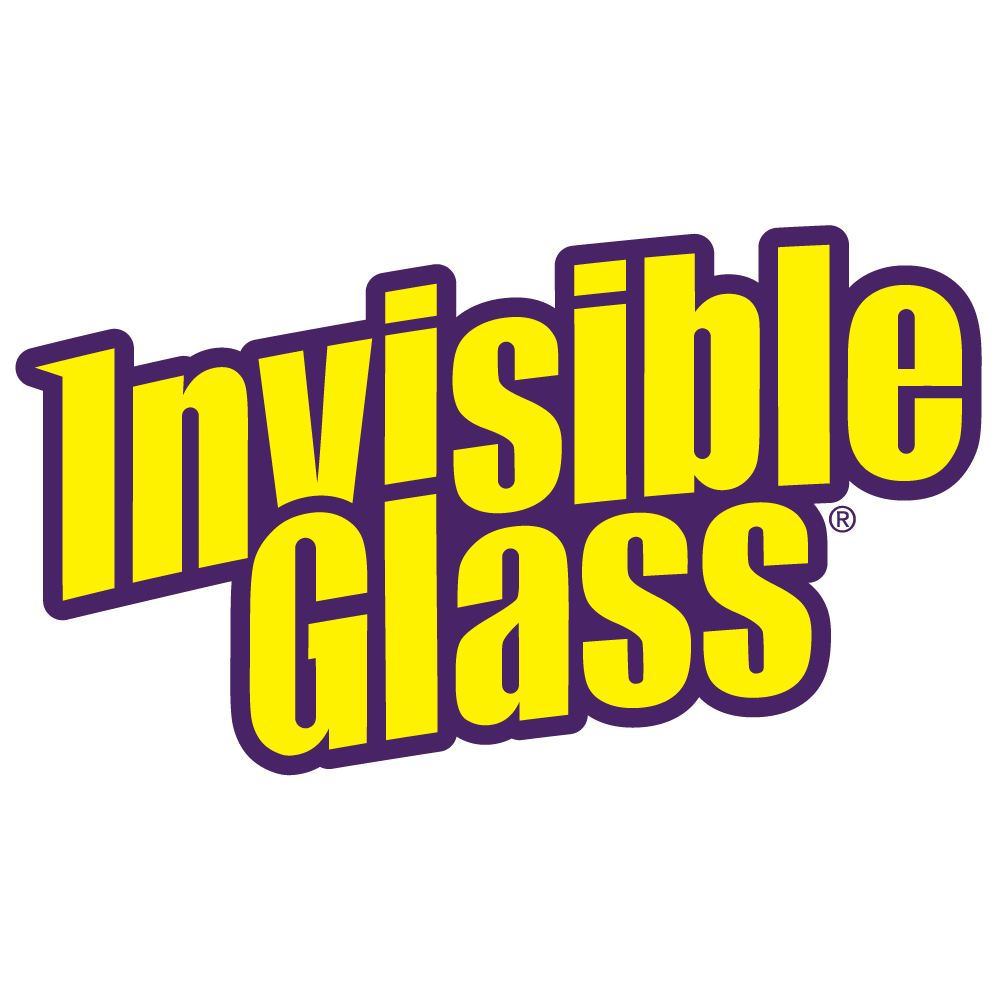
Nothing beats a perfectly clear windshield! If regular cleaning products aren’t performing, this article will show you how to return your windshield to a factory finish.
Deep clean your windshield by following these three basic steps:
- Clean your windshield with regular glass cleaner
- Deep clean with 0000 grit steel wool, glass polish, or a commercial glass stripper
- Apply a fresh coat of rain-repellent to keep your windshield clear and protected
Deep Cleaning Step-by-Step
Step one: Always prepare your windshield before you deep clean. Make sure to eliminate any sand or grit that could scratch your glass during deep cleaning. Use a microfiber cloth and your favorite glass cleaner, spray the glass down generously, then use the cloth to gently wipe with side-to-side motions. Repeat until the cloth no longer gets dirty.
Step two: It’s time to deep clean and remove the most stubborn gunk. It takes specialized tools to remove contaminants like sap, tar, or bug guts. Glass polish, ultra-fine steel wool (typically called “0000 grit”), or a commercial glass stripper are all good options. (We recommend using glass stripper, as they are specially designed to be safe for your glass.) Work on one small area at a time until the whole windshield has been stripped to its factory finish.
Step three: Apply a rain repellent before you drive away! Follow the instructions of your favorite hydrophobic coating—most manufacturers recommend that you spray evenly across the whole windshield and wipe it down with a microfiber cloth, but directions can vary slightly.
When Should You Deep Clean Your Windshield?
Deep clean whenever regular glass cleaner doesn’t get your windshield clean. If you’re on the road a lot, drive or store your vehicle in a dirty environment, or don’t use any protective coatings on your windshield, you should plan to deep clean pretty often.
Your windshield gets dirtier the more you drive. However, where you store it can be just as important. Everyone knows to avoid pine trees and their sap, but parking near exhaust vents, fruit trees, or even some flowering trees (like magnolias) can cause just as many problems.
There are lots of things to avoid on the road: insects, tar, dust, ice, and many other contaminants can end up on your windshield after just a short drive. Depending on your climate, you may face the same problems all year long (bugs in Florida) or different problems throughout the year (ice and snow in Maine’s freezing winters). Limiting exposure to these sources of dirt will lesson the frequency that your windshield needs a deep clean, but there’s only so much you can do if you drive regularly.
Thankfully, it’s easy to protect your windshield and reduce cleaning frequency. Do this by applying a rain-repellent coating to your windshield. This helps water run off more easily, and also prevents many contaminants from sticking to your glass. Not only do you get dramatically better visibility when you drive, but the hydrophobic coating stops things like wax, bug guts, or tar from bonding to the surface of your glass. This saves you time in the long run, since you don’t end up deep cleaning as often.
Why Does My Windshield Become Hazy?
Water repellent does wonders keeping rain and road spray off of your windshield, but the coating does wear down over time. Dust, sand, ice, salt, bugs, and other road debris chip and scrape away at the protective layer until it ends up looking hazy. The haze itself is created by the millions of tiny scratches in the coating. Those scratches are a good sign that the coating is protecting your glass, but that doesn’t make them look any more attractive.
Inspect a hazy windshield it to make sure that the haze is caused by scratches in the coating and not by something else. Soap-based glass cleaners can leave hazy streaks, and wax can too, if it’s not applied correctly. Knowing the reason for the haze helps you avoid it next time. Whatever the cause, a deep clean will get you back to a crystal-clear windshield in no time.
Always Apply Rain Repellent After Deep Cleaning
Applying a rain-repellent coating to your glass does two things:
- Helps your glass efficiently shed water
- Prevents gunk from building up as quickly
The primary reason you need to apply a coating to your glass is to make water bead up and run off more easily. Deep cleaning strips your windshield of all impurities: wax, soap scum, tar, sap, residue, grime, and anything else that’s sitting on the surface. After a deep clean, your glass should be perfectly clean. However, glass without a hydrophobic coating can be extremely dangerous, since it can’t shed water quickly enough to maintain visibility. Adding a rain-repellent coating easily solves that problem: water beads up quickly and runs right off your windshield no matter how hard it’s raining.
Rain repellent works by changing how difficult it is for water molecules to bond with the surface of your glass. When a hydrophobic coating prevents water from bonding with your windshield, the droplets sit on top of the glass and easily roll off. If you’ve ever seen a droplet of water on an oily surface like a greased baking pan, you’ll know exactly what this looks like.
Water on untreated glass looks and acts differently. The water molecules adhere more closely to the surface, and will only run off when the glass is angled sharply or wiped. You can tell the difference when you look at untreated glass; the edges of water droplets look more like they slope down to meet the surface of the glass. It looks like it’s sticking, and it is. This effect is called “sheeting.”
This material science makes a big impact on visibility and therefore safety. When water beads, the droplets don’t stick together, instead rolling right off your windshield. This allows you to see much more clearly. When water sheets, it forms a layer of water that sits on the surface of your glass. The layer (or sheet) of water distorts your vision and make it almost impossible to see.
Avoiding scratches and grime is much more straightforward. The rain-repellent coating helps avoid long-term damage to your glass by protecting it from all the many types of road debris. Whether it’s a tiny piece of razor-sharp sand, an unsuspecting bug, or a chunk of tar, the coating bears the brunt of any damage. Your glass lasts much longer with this coating in place, and you won’t need to clean it as often either.
Deep Cleaning Your Windshield is Worth It
Regular windshield cleaning typically only requires a bottle of glass cleaner and a microfiber cloth. If that’s not getting you the results you want, consider a deep clean. Stripping your glass and restoring the protective coating will give you a markedly clearer windshield. Deep cleaning takes a little more time and effort than a regular cleaning, but it is not an overly complicated task. Instead, that extra input is a small price to pay for the impressive level of clarity that you can expect after you’ve finished fully cleaning your vehicle’s windshield.
Keeping your windshield clean and clear is not only desirable, it’s also critically important—your safety, and the safety of everyone around you, depends on it. Cleaning a windshield doesn’t always require much thought, but after many miles (or not so many miles, depending on the conditions in your area), every windshield can benefit from a focused deep clean to remove built up grime. The process is straightforward and has numerous benefits. If your glass no longer looks its best, consider a deep clean. The results can be dramatic.



